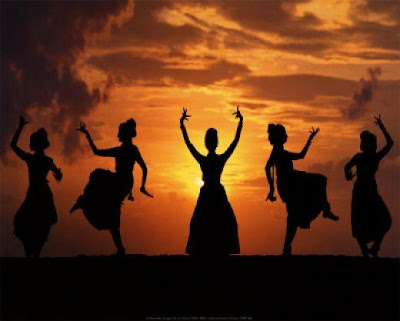India is a country of rich and diverse cultures. In fact very few countries in the world have such an ancient and diverse culture like India. The culture of India has been shaped up by its long history, ancient civilization, absorption of customs and traditions, physical, climatic, racial and linguistic diversity. But underneath of this diversity lies the Indian culture and Indian language. Indian culture has a high level of tolerance and secular. The history and culture of India has been bound up with the geographic nature of this vast subcontinent.
India has number of religions, number of states, number of cuisines and number of art forms. Religion is central to the Indian culture and its practice can be seen every aspect of life. Most of the religions have a strong connection with India. People of all religions can find in India. The main religions are Hinduism, Christianity, Islam, Buddhism, Jainism and Zoroastrianism. There are many religions; many pilgrimages and many traditions in India but the people are united. There is diversity in languages also. There are over 200 languages in India with more than thousand dialects. This gives good scope for local language translation service. The main official languages are Hindi and English used for communication by the government other than the local language. The diversity of Indian culture is expressed through its dance forms and languages. Art, architecture and literature were shaped by diverse influences.
India has number of religions, number of states, number of cuisines and number of art forms. Religion is central to the Indian culture and its practice can be seen every aspect of life. Most of the religions have a strong connection with India. People of all religions can find in India. The main religions are Hinduism, Christianity, Islam, Buddhism, Jainism and Zoroastrianism. There are many religions; many pilgrimages and many traditions in India but the people are united. There is diversity in languages also. There are over 200 languages in India with more than thousand dialects. This gives good scope for local language translation service. The main official languages are Hindi and English used for communication by the government other than the local language. The diversity of Indian culture is expressed through its dance forms and languages. Art, architecture and literature were shaped by diverse influences.




















